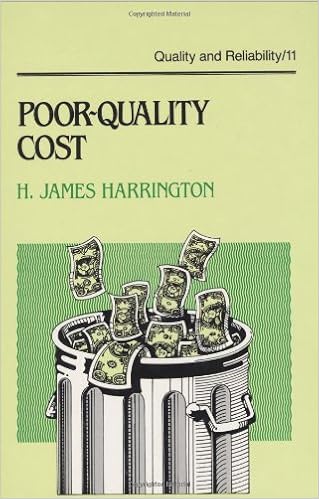
CHAPTER 6 : VALUING ORGANIZATIONAL INFORMATION
Organizational Information
Information is everywhere in an organization. when addressing a significant business issue, employees must be able to obtain and analyze all the relevant information so they can make the best decision possible. Organizational Information comes at different levels and in different formats and granularities. Information granularity refers to the extent of detail within the information (fine and detailed or coarse and abstract). Employees must be able to correlate the different levels, formats, and granularities of information when making decisions.
ORGANIZATIONAL INFORMATION
- information granularity refers to extent of detail within information ( fine and detailed or coarse and abstract)


The Value of Transactional and Analytical Information
- Transactional information encompasses all of the information contained within a single business process or unit of work , and its primary purpose is to support the performing of daily operational tasks
- Analytical information encompasses all organizational information, and its primary purpose is to support the performing of managerial analysis tasks
THE VALUE OF TIMELY INFORMATION

- REAL- TIME INFORMATION means immediate , up-to-date information.
- REAL- TIME SYSTEMS provide real-time information in response to query request.
THE VALUE OF QUALITY INFORMATION
Business decisions are only as good as the quality of the information used to make the decisions.
The five characteristics of high-quality include:
1) Accuracy
2) Completeness
3) Consistency
4) Uniqueness
5) Timeliness
Five common characteristics of high- quality information
UNDERSTANDING THE COSTS OF POOR INFORMATION


.jpg)
- Using the wrong information can lead to making the wrong decision.
- Making the wrong decision can cost time, money and even reputations.
- Bad information can cause serious business ramifications such as :
1) Inability to accurately track customers , which directly affects strategies initiatives such as CRM and SCM
2)difficulty identifying the organization's most valuable customers.
3)Inability
to identify selling opportunities and wasted revenue from marketing to
none existing customers and non deliverable mail
4) Difficulty tracking revenue because of inaccurate voices
5) Inability to build strong relationship with customers- which increases buyer power
UNDERSTANDING THE BENEFITS OF GOOD INFORMATION

Okay , see you for the next chapter ! XOXO >,<
















